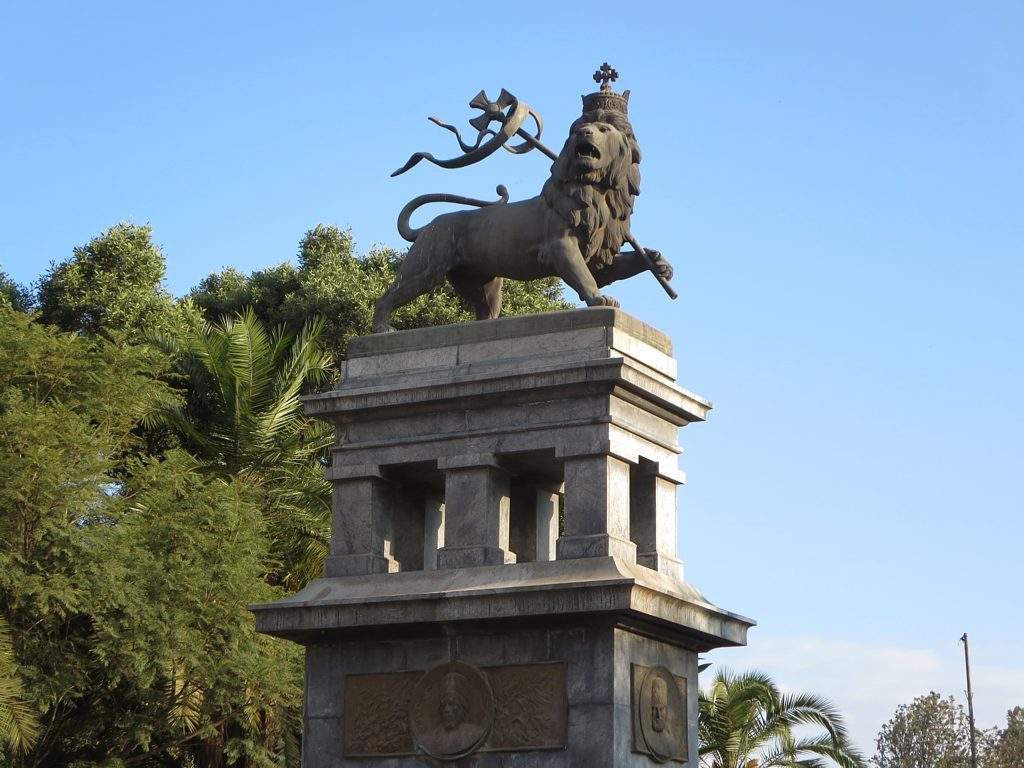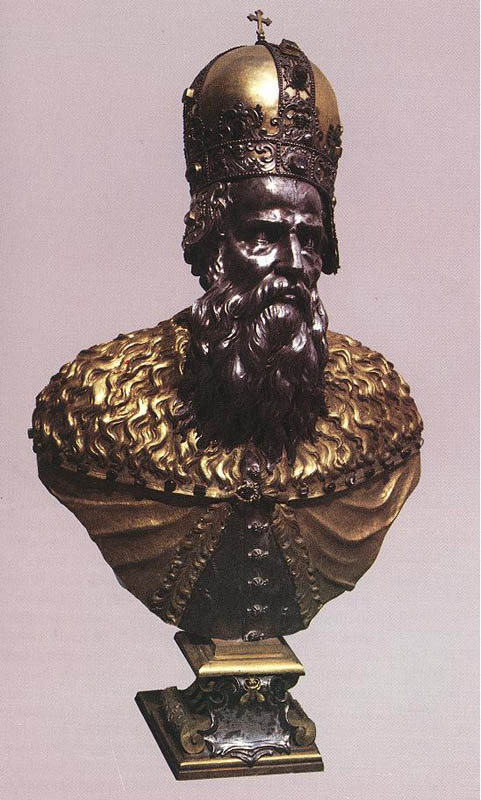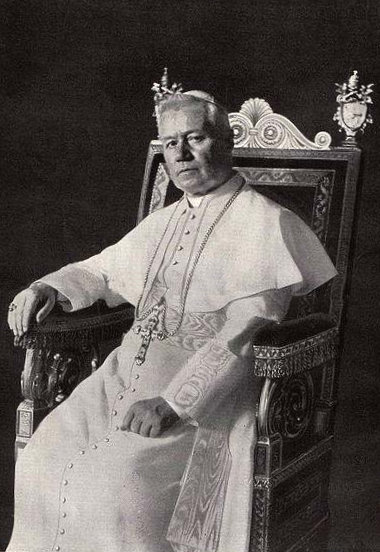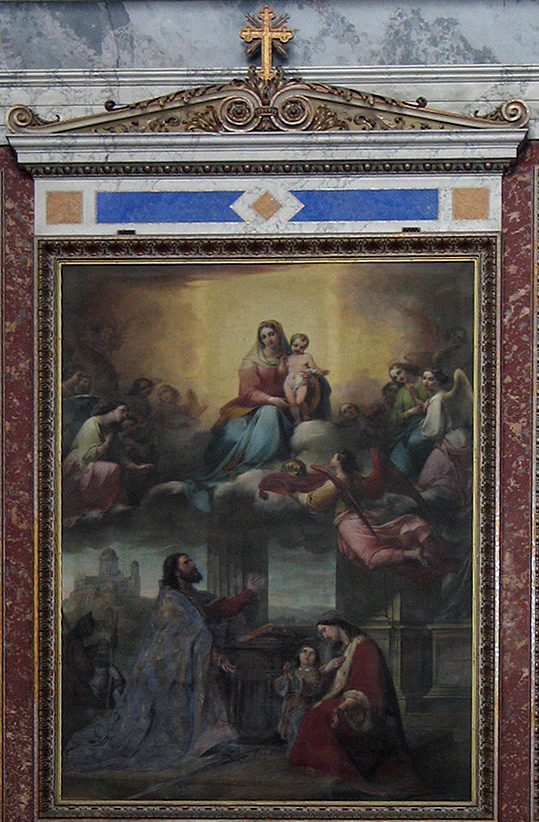Continued from Part V
St. Francis de Sales and St. Vincent de Paul
In a conversation today someone mentioned a phrase of St. Vincent de Paul, who, contemplating St Francis de Sales, said he gave glory to God for the fact that St. Francis de Sales existed. They were contemporaries.
And I thought to myself this interesting thing: St. Vincent de Paul, who marveled at the sweetness of St. Francis de Sales (the doctor of sweetness), organized a crusade against Tunis.[i]
On the other hand, when I was in Geneva they showed me the segment of the old city wall where the troops that St. Francis de Sales, the doctor of sweetness had organized, were defeated. In order to organize them he resorted to the Duke of Savoy to make sure that, being Bishop of Geneva he would be able to enter his town at the tip of the sword and establish his episcopal see there.[ii] At that time Geneva was the Moscow of Calvinism. Unfortunately, those troops were defeated but the wall where the blood was shed, which the doctor of meekness willed to be shed, still stands there. How beautiful and harmonious this is.
Our Lord Jesus Christ: “Lamb of God” but also “Lion of Juda”
To sum it all up, the Church calls Our Lord Jesus Christ the “Lamb of God who takes away the sins of the world.” He is the very picture of meekness. The Church also calls our Lord Jesus Christ the Lion of Judah. Both symbols are equally appropriate to Our Lord and can only be fully appreciated when seen together, never when seen individually.
Here is an appeal for you to see the Church in this harmony, fullness of aspects and wonderful beauty that the combination of these harmonious aspects offers.

Monument to the Lion of Judah in Addis Ababa is the symbol of Ethiopian Emperors and Ethiopia. It was first erected under Haile Selassie in 1930. Carried off to Rome by the Italians in 1935, it was only returned to Ethiopia in 1967. Photo by David Stanley.
Genesis says that each of God’s works are very beautiful as such but they are most beautiful seen as a whole (Gen 1:31). Likewise, the aspects of the Church are most beautiful when considered individually, but the real beauty is to see them as a whole. And the ensemble is never seen so well than when we consider [harmonious but] opposite extremes; for that is where you take in the whole from one end to the other.
This would be the reflection these texts suggest.
The example of what happened to Saul
(Someone recalls the episode narrated in the Old Testament on how Saul lost the crown of Israel. The reason was precisely that he disobeyed Samuel, the high priest of Israel. Samuel had commanded Saul to kill the pagan king of Canaan but Saul decided to make some cozy little agreement with him and let him get away. Because of that, Samuel cast a curse upon Saul and took the crown of Israel from him. The crown went to David).
This episode is very apropos. The Prophet Samuel had a divine mission and was acting on God’s instructions.
Here you see how St. Stephen would have committed a sin had he not strangled that king. So, why not make an altar representing him practicing that act of virtue? I don’t see why not.
And here is a suggestion: If any of you know how to paint or sculpt you can start preparing suggestions for that scene.
I have the impression a church with such an altar would be destroyed the very next day by “benign” people who think that violence should never occur. There is no type of men more recalcitrant, vindictive, sour and violent than ‘sweetened’ men opposed to all violence. God deliver us from them!
(Another person says this alliance between goodness and strength fits together very well in St. Pius X. He was very strict against the modernists, so much so that it caused difficulties in his canonization process. He is the one who fulminated Loisy with a major excommunication. When he received the bishop of the French diocese in which Loisy lived, he advised him to strive in earnest to convert that modernist.)[iii]
He persecutes and tries to convert. If they do not convert, he continues to persecute.
St. Stephen’s devotion to the Blessed Mother
Let us now see a text on St. Stephen’s devotion to Our Lady.
“St. Stephen always showed particular predilection for the Blessed Virgin. Through a special vow he placed his person and kingdom under Our Lady’s protection. As for the Hungarians, when referring to the Mother of God they would not call her Mary but only The Lady, or Our Lady.
“At the mere mention of these words they would bow their heads and bend their knees. The holy king ordered the construction, in Royal Alba, of a magnificent church in honor of the Queen of heaven. The walls of the choir were adorned with sculptures, the floor was made of marble, several altar tables were made with pure gold enriched with jewels, and the tabernacle for the Eucharist was wonderfully crafted. Its treasure was full of vases of gold, silver and crystal, and rich vestments.
“St. Stephen always wanted and asked in his prayers for his death to take place on August 15, feast of the Assumption of the Blessed Virgin. His wish was fulfilled. Before expiring, raising his hands and eyes he exclaimed: “Queen of Heaven, Redeemer of the world, it is under thy patronage that I deliver to Holy Church, with bishops and clergy, the kingdom with its grandees and people.” And having received the holy Viaticum and extreme unction, he rendered his soul.”
 So, what should we ask St. Stephen? We should ultimately ask him for the Reign of Mary.[iv] For what he did was to establish a Reign of Mary in Hungary.
So, what should we ask St. Stephen? We should ultimately ask him for the Reign of Mary.[iv] For what he did was to establish a Reign of Mary in Hungary.
We have seen how he consecrated Hungary to the “Great Lady.” What we should want is the restoration of the Reign of Mary everywhere: The Reign of Mary in the spiritual order and the Reign of Mary in the temporal order. Even more, we should ask Divine Providence to give us a multitude of Stephens who will actually promote the Reign of Mary.
(Saints of the Day, Sept. 2, 1964 and Sept. 10, 1971 – Nobility.org translation)
[i] Indeed, the Saint took a great interest in the poor slaves of Barbary, chiefly in Tunis, Algiers, and Bizaerta. As early as 1645 St. Vincent sent missionaries to give them religious assistance and act as agents with their families. Up to the time of St. Vincent’s death these missionaries had ransomed 1,200 slaves. Cf. Antoine Degert, St. Vicente of Paul, The Catholic Encyclopedia, CD Rom edition.
[ii] We did not find this episode in biographies of the Saint. During the period of the Protestant pseudo-Reformation, the seat of the Bishopric of Geneva was fixed at Annecy. An episode that is said to have caused confusion, according to hagiographers, is that when he was provost (a kind of vicar general) of Geneva St. Francis de Sales went to evangelize Le Chablais in the Geneva diocese at the request of its duke. The whole region had been practically perverted to the most fanatic Calvinism. It turned out to be a real apostolic crusade full of risks and threats in which the saint escaped several times from the hands of assassins. After four years of apostolate, St. Francis obtained so many conversions that a large part of the inhabitants of Le Chablais returned to the true fold. Cf. Raphael Pernin, St. Francis of Sales, The Catholic Encyclopedia, CD Rom edition.
[iii] Alfredo Loisy, ex professor at the Catholic Institute of Paris, lost his chair on account of his modernist ideas after the Encyclical of Leo XIII, Providenssimus, of November 1893. He is one of the leaders of modernism in France, author of l’Evangile et l’Eglise, published in Paris in 1902, whose principles were condemned by the Index in 1903.
[iv] The doctrine that there will be a Reign of Mary is based on Our Lady’s words at Fatima when she predicted there would be a time of peace and that, “Finally, My Immaculate Heart will Triumph.” This peace of Christ in the Kingdom of Christ is what we call the Reign of Mary. This reign is also mentioned by the great apostle of devotion to Our Lady, St. Louis Grignion de Montfort, who says that “in these latter times Mary must shine forth more than ever in mercy, power and grace….Finally, she must shine forth in grace to inspire and support the valiant soldiers and loyal servants of Jesus Christ who are fighting for his cause” (Treatise on True Devotion to Mary, 50, 6th).












